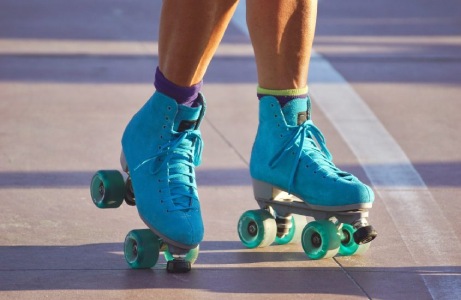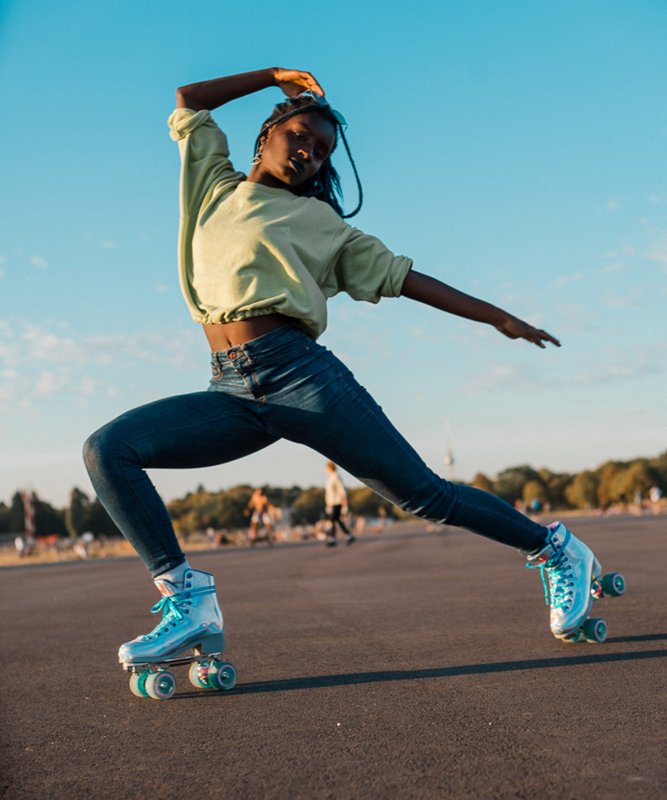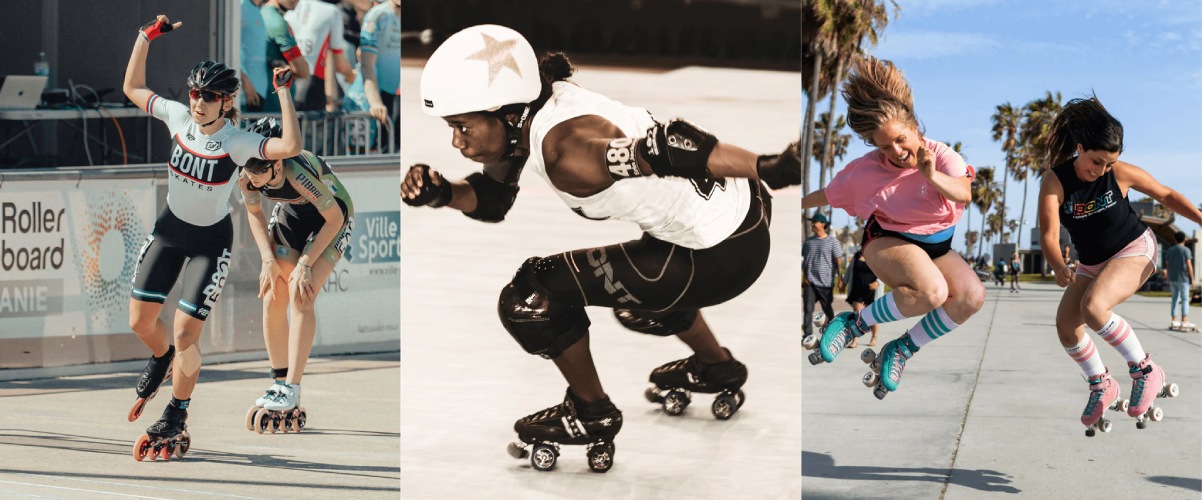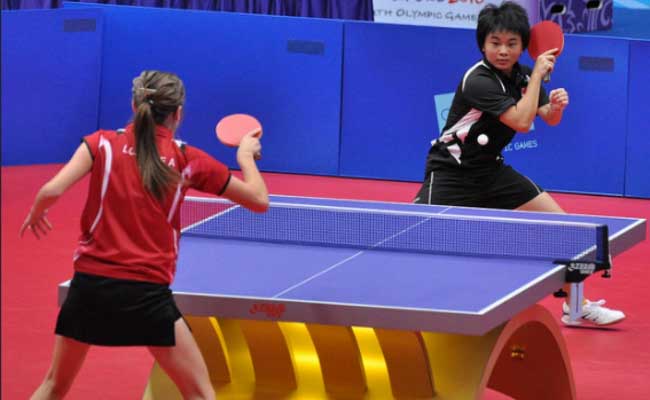The Ultimate Guide to Roller Skating: Roller skating is more than just a fun pastime; It’s a full-body workout that promotes fitness, coordination, and social interaction. Whether you’re a complete beginner or an experienced skater looking to refine your skills, this ultimate guide to roller skating covers everything you need to know, from basic to advanced techniques.
History of Roller Skating
Roller skating has a rich history that dates back to the 18th century. The first patented roller skate was developed in 1760 by a Belgian inventor named Joseph Marlin. It wasn’t until the 20th century that roller skating became a popular recreational activity in the United States, especially in the 1970s and 80s when disco music and roller rinks flourished.
Today, roller skating continues to evolve, with styles as diverse as figure skating, roller derby, and speed skating gaining popularity.
Choosing the right roller skates
Choosing the right pair of roller skates is crucial for comfort, performance, and safety. Here are some factors to consider:
Types of roller skates

- Quad Skates: These have four wheels arranged in a square configuration. They offer better stability and are ideal for beginners, recreational skating and figure skating.
- Inline skates: These have wheels arranged in a single line and are more suitable for speed skating and aggressive skating. They require more balance and are often preferred by experienced skaters.
Fit and comfort
Make sure your skates fit snugly but not too tight. Look for skates with padded liners, adjustable straps and adequate ankle support to ensure comfort during extended use.
Wheel stiffness
The stiffness of the wheels affects the performance of the skate on different surfaces. Soft wheels (78A-85A) provide good grip and are ideal for indoor skating, while hard wheels (88A-101A) are better for outdoor surfaces.
Brake system
Consider whether you want toe stops or heel brakes. Beginners can benefit from a toe stop for easier stopping.
Essential safety gear
Safety should always come first when roller skating. Invest in the following protective gear:
- Helmet: Protects your head from impact in the event of a fall.
- Wrist Guard: Help prevent wrist injuries from falls.
- Knee and Elbow Pads: Provide cushioning to protect against scrapes and bruises.
- Skating Gloves: Provide extra protection for your hands and improve grip.
Basic Roller Skating Techniques
Getting Started
- Standing: To get off the ground, roll onto your hands and knees, then put one foot forward to straighten yourself with the other foot on the ground.
- Balance: Stand with your feet shoulder-width apart, knees slightly bent, and arms out for balance. Practice shifting your weight from side to side.
Moving forward
- Basic Stride: Push off with one leg while gliding with the other leg. Alternate legs in a rhythmic motion to build momentum.
- Crossover Technique: Use this technique when turning. To maintain momentum, cross one leg over the other while turning.
Stopping
- Toe Stop Brake: Press the toe stop firmly while bending your knees to stop. This method is ideal for beginners.
- T-stop: Drag one leg behind you at a 90-degree angle to the skating side. This method allows more control when stopping.
Improved roller skating skills

Once you’ve mastered the basics, you can work on advanced techniques to improve your skating experience:
- Backward skating
To skate backward, practice gliding on your heels while looking over your shoulder. Use your arms for balance and take small steps to maintain control. - Jumps and tricks
As you gain confidence, try smaller jumps or tricks like “crossover jumps” or “spins.” Make sure to practice them in a safe environment, ideally with an instructor or experienced skater. - Roller Derby
For those interested in the more competitive and physical side of roller skating, consider joining a roller derby league. This game combines speed, strategy, and teamwork.
Roller skating as a social activity
Roller skating is a great way to socialize and meet new people. Many cities have roller rinks that host events such as themed skating nights, dance parties, and roller derby matches. Joining a local skating club or group can provide opportunities to increase your experience and improve your skills.
Health benefits of roller skating
Roller skating offers many health benefits, including:
- Cardiovascular Fitness: This is an excellent aerobic workout that improves heart health.
- Muscle toning: Skating engages different muscle groups, helping to tone your legs, core, and glutes.
- Balance and coordination: The act of skating improves overall balance and coordination, which can benefit other physical activities.
Finding roller skating locations
Look for local roller rinks, outdoor skating parks, and community events. Online resources like Meetup or Facebook groups can help you find skating sessions and local skating clubs.
Roller skating is a great way to enjoy physical activity while having fun. Whether you’re skating indoors or outdoors, the thrill of gliding on wheels is unmatched. With the right skates, safety gear, and techniques, you’ll be spinning smoothly in no time. So, gather your friends, hit the rink, and embrace the joy of roller skating!
Read Also: Cricket World Cup 2024
![]()





